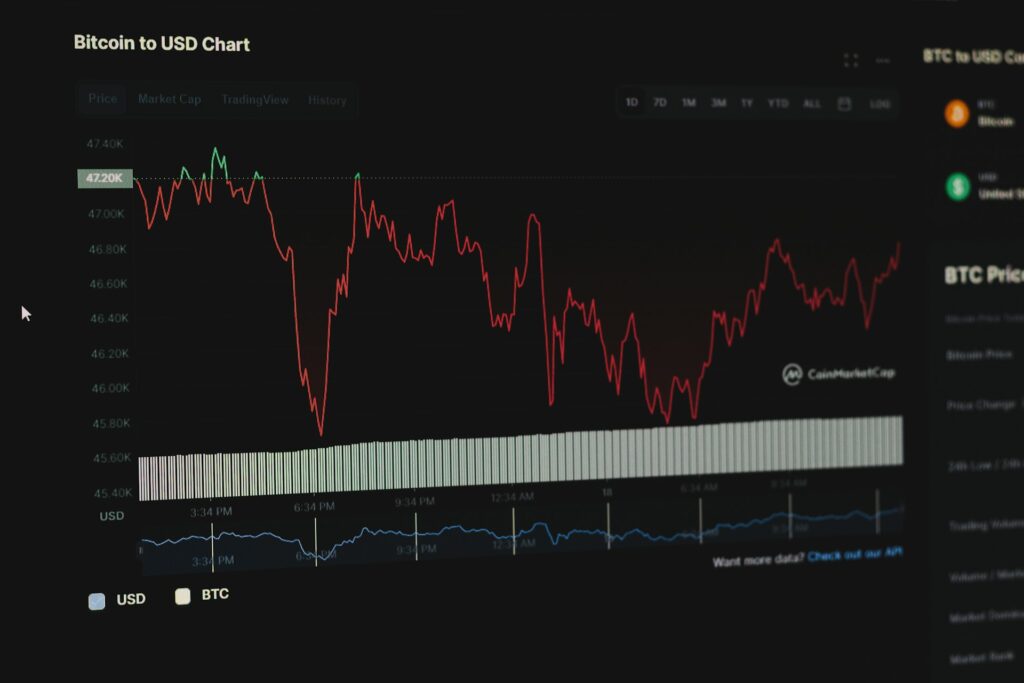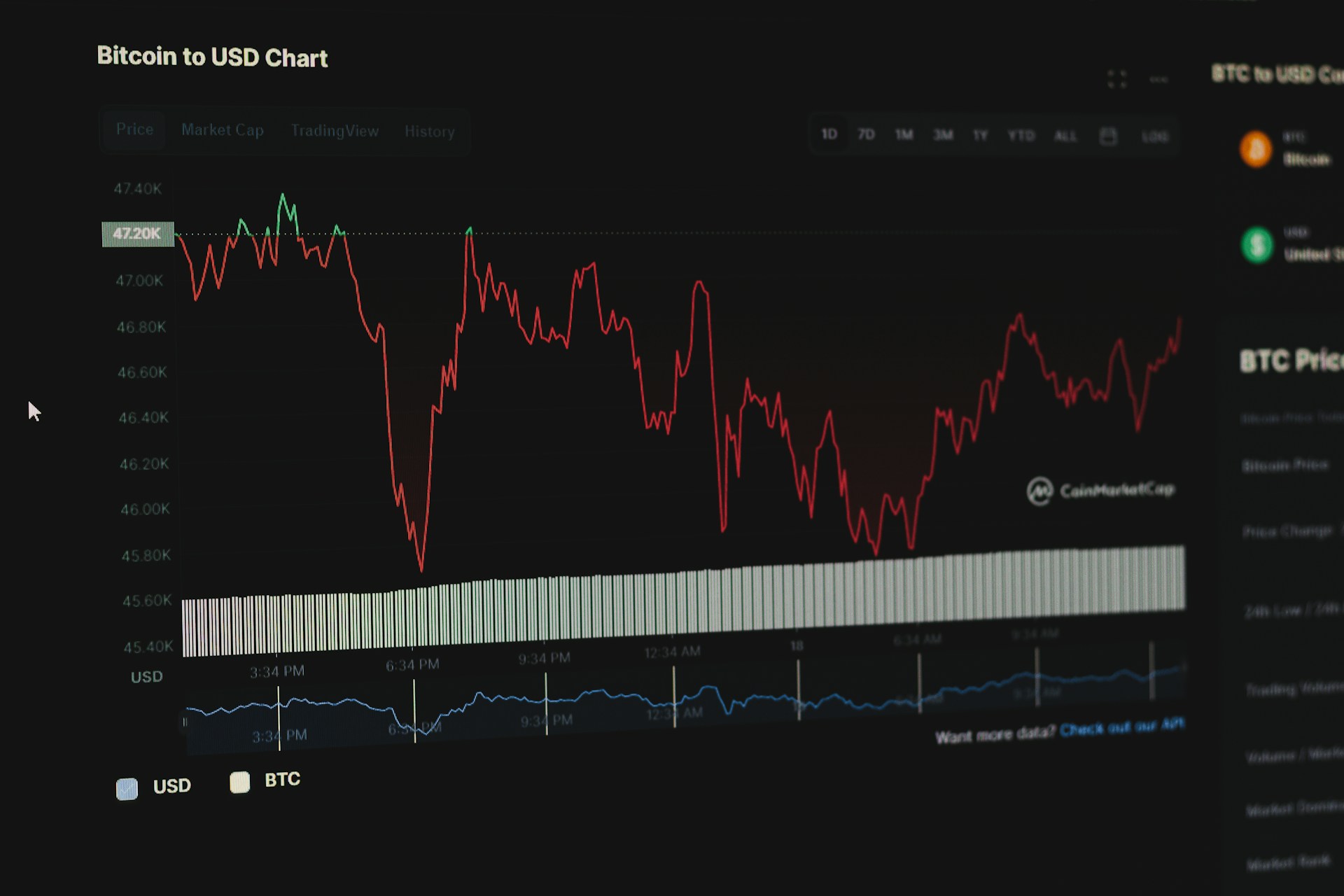When evaluating potential investments or projects, knowing which ones will actually bring value is crucial.
That’s where the Profitability Index (PI) steps in.
It is a financial metric that helps business owners, CFOs, and investors understand the return they can expect from every dollar invested. Whether you’re deciding between competing opportunities or managing limited capital, PI provides a clear, quantifiable measure of value creation.
It’s especially useful for businesses looking to scale efficiently and make smarter, data-driven financial decisions.
In this article, we’ll break down what the Profitability Index really is, how it compares to other investment metrics, and how you can start using it to make better business and investment choices.

What is the Profitability Index?
The Profitability Index (PI) is a financial metric used to evaluate the attractiveness of an investment or project.
It shows how much value a business can expect to create for every dollar invested. In simple terms, it helps you figure out whether a project is worth pursuing, especially when capital is limited and decisions need to be backed by hard numbers.
The PI formula is straightforward:
Profitability Index = Present Value of Future Cash Flows / Initial Investment
If the PI is greater than 1, the project is expected to generate more value than it costs, making it a potentially profitable investment. A PI of less than 1 suggests the opposite: the return doesn’t justify the expense. A PI of exactly 1 means the project is expected to break even.
What makes PI especially useful is that it introduces scalability and prioritization into financial planning.
Unlike Net Present Value (NPV), which gives you an absolute dollar figure, PI gives you a ratio, allowing you to compare multiple projects on an equal footing, regardless of their size. This is a huge advantage when you’re juggling several options with a fixed budget.
For example, if Project A has a PI of 1.3 and Project B has a PI of 1.6, you’d choose Project B, because for every dollar you invest, you’re getting a greater return. It’s a simple but powerful tool for smart financial decision-making.
Why Does Profitability Index Matter in Investment Decisions?
Profitability Index is a practical decision-making tool that helps investors and business owners maximize value.
Here’s why it matters so much when evaluating investment opportunities:
Helps Prioritize Projects Under Budget Constraints
In the real world, businesses rarely have unlimited capital. When multiple investment opportunities are available, PI allows companies to rank them based on return per unit of investment.
This becomes essential when funds are limited, as it ensures that the highest-value projects are chosen first. For example, if you can only pursue one of three potential projects, choosing the one with the highest PI ensures you’re getting the best bang for your buck.
Provides a Clear Indicator of Value Creation
A PI greater than 1 means the investment generates more value than it costs, simple as that. It quickly shows whether a project is financially viable and worth pursuing.
This clarity is particularly useful when justifying decisions to stakeholders, investors, or board members. Unlike vague projections or gut feeling, the PI is rooted in hard numbers and future cash flows.
Offers a More Scalable Comparison Than NPV
While Net Present Value (NPV) also assesses profitability, it doesn’t scale well across different project sizes. A small project might have a lower NPV but a much higher PI, making it more efficient per dollar invested.
PI brings proportionality into decision-making, helping businesses make smarter comparisons between large and small investments alike.
Supports Long-Term Strategic Planning
By factoring in time, value of money and projected cash flows, PI supports strategic thinking and long-term planning.
It encourages investment in projects that offer sustainable value rather than quick wins that may not align with business goals.
How to Calculate and Interpret the Profitability Index?
The Profitability Index (PI) is a simple yet powerful tool to measure the value created per unit of investment.
Understanding how to calculate and interpret PI is crucial for anyone making strategic financial decisions.
The Profitability Index Formula
The formula for calculating the Profitability Index is:
PI = Present Value of Future Cash Flows / Initial Investment
Alternatively, if you already have the Net Present Value (NPV), you can use:
PI = (NPV + Initial Investment) / Initial Investment
This gives you a ratio that reflects the value you’re getting for each dollar invested. For example, a PI of 1.4 means you’ll earn $1.40 for every $1 spent.
Step-by-Step Calculation Example
Imagine you’re evaluating a project that requires an initial investment of $100,000 and is expected to generate $130,000 in discounted future cash flows.
PI = 130,000 / 100,000 = 1.3
This means the project will return $1.30 for every $1 invested, indicating a profitable venture.
Interpreting the PI Score
PI > 1: The project is profitable and should be considered.
PI = 1: The project breaks even, i.e. no value lost, but no gain either.
PI < 1: The project is likely to destroy value and should generally be avoided.
These cutoffs make PI incredibly helpful when comparing multiple projects, especially under limited capital scenarios.
Key Considerations When Using PI
- Discount Rate Accuracy: Always use a realistic discount rate to calculate present value, or the PI may mislead.
- Cash Flow Reliability: PI assumes cash flow projections are reasonably accurate. Overestimating returns can falsely inflate the index.
- Project Scope: PI favors smaller but high-efficiency projects. Don’t rely on it in isolation, instead use it alongside NPV and IRR for comprehensive analysis.
Conclusion
The Profitability Index is a practical, insightful tool that helps you assess whether an investment is truly worth your money, especially when funds are limited.
By quantifying value per dollar invested, it supports smarter capital allocation and reduces risk. But tools are only as effective as the strategy behind them.
At ROK Finance, we go beyond numbers. Whether you’re evaluating a new business venture or considering expansion, our financial experts help you apply metrics like PI with confidence and context. We guide you in making sound, data-backed decisions tailored to your goals.
To find out more, get in touch today!
Frequently Asked Questions
What’s a good profitability index for investment projects?
A PI greater than 1 is generally considered good, it indicates a project is expected to generate more value than it costs. The higher the PI, the better the return per dollar invested, especially useful when prioritizing projects under tight budgets.
Can profitability index be used for personal investments?
Yes, the PI isn’t limited to corporate finance. If you’re evaluating rental properties, side businesses, or even large purchases, calculating the PI can help you see whether you’re spending wisely based on future returns, just ensure you have realistic cash flow estimates.




